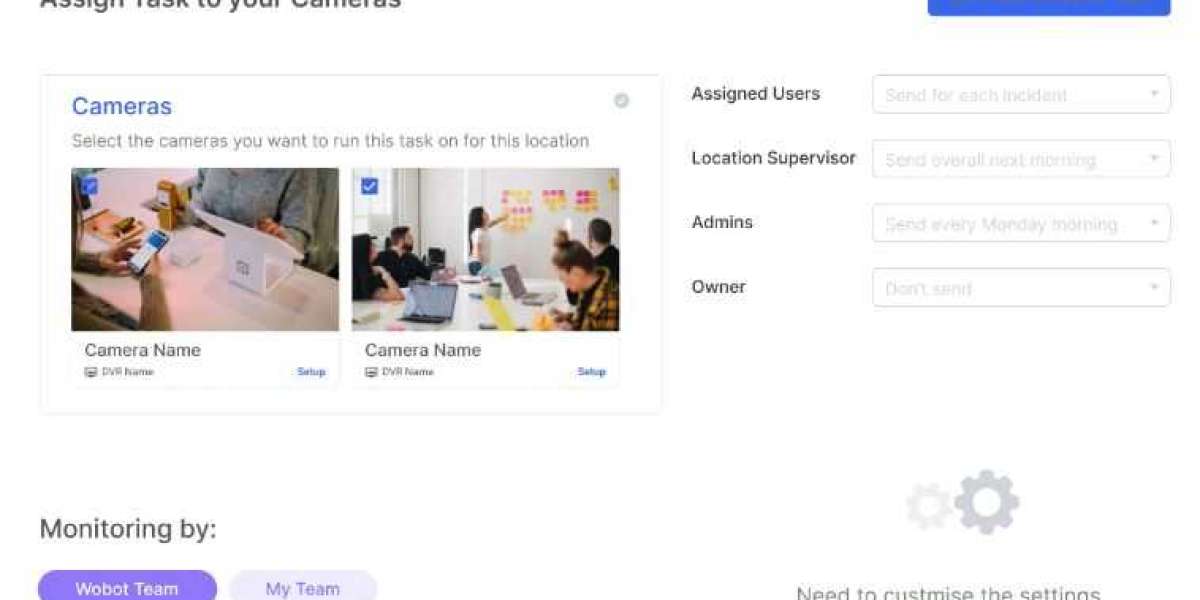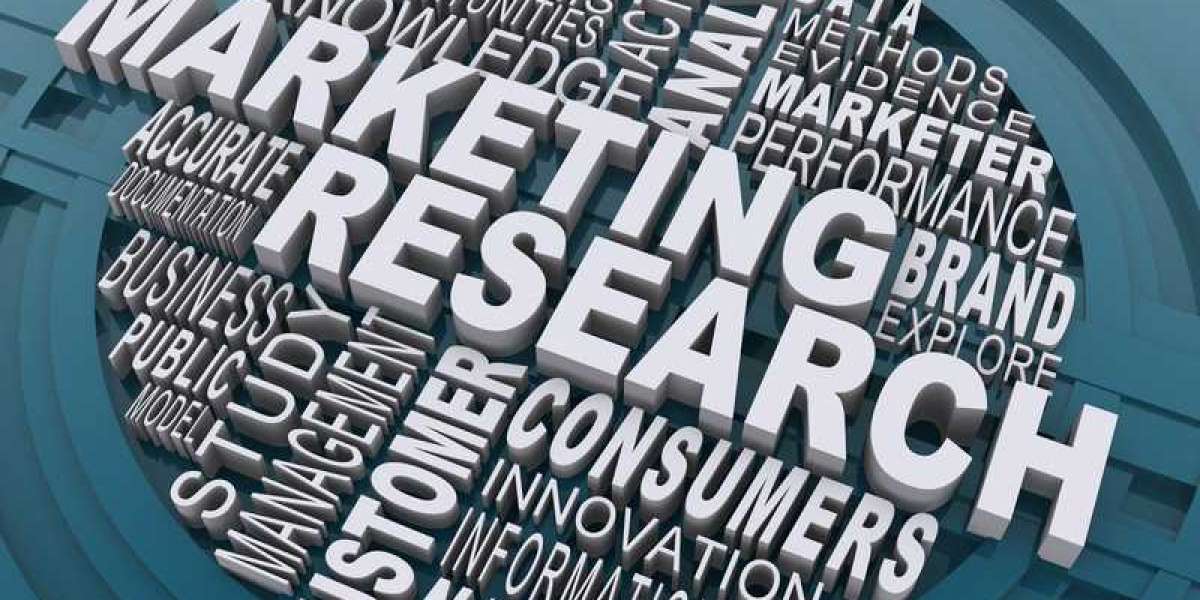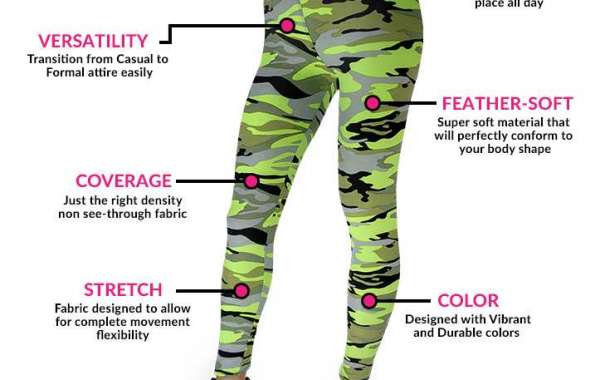Video analytics refers to using Artificial Intelligence to analyze real-time videos to detect anomalies according to pre-fed data. This technology detects and tracks objects, activities, and people and helps improve day-to-day operations.
In addition, video analytics services analyze past and real-time footage to learn from mistakes and applies it to develop solutions and make essential decisions beyond human capabilities.
Feeding the system
There is a saying, “You are what you consume”. It is perfectly accurate in the case of AI. The quality of the decision made by Artificial Intelligence is as good as the data it processes.
It is vital to provide real-time images, videos, and recorded footage to the video analytics software to accurately analyze a video and decide. CCTV cameras are the primary source of such data.
Cloud Computing vs. Edge Computing
In a world where data is more precious than oil, a large volume of information is captured every second. Hence, it needs to be processed. There are two modern technologies for this process:
- Cloud computing is the availability of computer system resources remotely and on-demand without direct active management by a user. As the name suggests, enormous amounts of data are stored in servers, in a cloud or virtual space, instead of hard disks or proprietary local disks. This data can be accessed remotely from anywhere in the world through the internet.
- Edge computing aims to move computation to the edge of networks, far from data centers, utilizing smart objects and network gateways to provide better services and perform tasks efficiently on behalf of the cloud. Moving computation to the edge makes it easier to dispense content caching, persistent data storage, and better IoT (Internet of Things) management, which results in better transfer rates and response times.
Video Analytics Solution blends well with cloud computing, and it is recommended that businesses with cloud storage for security cameras must have video analytics solutions to find relevant insights from pre-recorded video data streams.
Defining scenarios and training models
- Image Classification: In image classification, the technology identifies the what are easily recognizable images or objects using unique colors, patterns, and formats.
- Localization: Localization trains the camera to differentiate between multiple entities to provide correct results.
- Object Detection: This trains the algorithm to distinguish between various objects and helps us give accurate results by identifying key differentiators.
Final Words
Most businesses these days use a video camera security system.
Using an AI-powered video analytics platform automates the process of finding irregularities in daily operations while simultaneously reporting it to the manager or operator in real-time.
In other words, businesses across any industry from manufacturing, restaurants, retail, and drive-thru don’t have to worry about manually processing video streams and looking for bottlenecks in their operations.
Wobot.ai is a video intelligence platform that uses video data from security surveillance cameras to deliver insights that help businesses solve real-time operational problems.
Users can start by onboarding their cameras and automating from over 100+ AI checklists. A single-point station to manage operations effectively from anywhere, and take meaningful decisions in real-time.
Book a demo with us to learn more about how wobot.ai works.
















